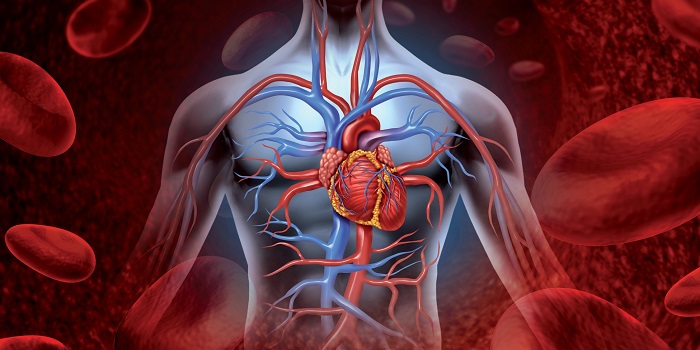
Angina is defined as "chest pain (or constricting discomfort) caused by insufficient blood supply to heart muscle".1
In the UK it is estimated that around 8% of men and 3% of women aged between 55 and 64 years of age suffer from symptoms of angina. In the 65-74 year age group the incidence increases to 14% of men and 8% of women.2
NICE estimates that in the UK about 3% of men and 1.8% women have angina. Coronary Heart Disease is th emost common cause of angina and was responsible for around 63,000 deaths in 2019.2
Angina can lead to long term cardiovascular complications, most commonly myocardial infarction (MI), arrhythmia or stroke along with psychological problems including stress, anxiety and depression.
Patients may also complain of their lifestyle being restricted by the condition because it limits their ability to carry out work or leisure activities.
Pharmacists are ideally placed to provide advice on reducing the risk factors for the development of angina and to also maximise individual patient benefit from the available treatments.
All patients diagnosed with angina should be supported to make lifestyle modifications with the aim of preventing cardiovascular events. A full discussion can be found in the Pharmacy Excellence module 'Cardiovascular disease: risk assessment'.
